Red light therapy has been everywhere lately—my Instagram feed is full of people wearing these weird LED masks that make them look like they're from a sci-fi movie. When my dermatologist friend Sarah mentioned she'd been getting questions about it nonstop, I figured it was time to dig deeper.
The whole thing started when my coworker swore her $300 mask was erasing her crow's feet. I'll be honest, I was skeptical. But after talking to several dermatologists and diving into the research, the picture that emerged was more nuanced than I expected.
What Actually Happens When You Zap Your Face
Red light therapy uses specific wavelengths—usually between 630 and 850 nanometers—that penetrate about 2-3 millimeters into your skin. Unlike the UV rays that give you sunburn, this light doesn't damage cells. Instead, it targets your cellular powerhouses (mitochondria) and essentially gives them a energy boost.
Dr. Robyn Gmyrek from Columbia University explains it like this: imagine your skin cells are tired workers, and red light is like giving them espresso. They start producing more ATP (cellular energy), which helps them repair damage and pump out more collagen.
Where Dermatologists Get Excited
The collagen connection is real. A 2014 study followed people through 30 RLT sessions, and over 90% saw improvements in fine lines. That's not just marketing fluff—that's actual data. What impressed me most was learning that some dermatologists now use it alongside treatments like microneedling. It's not replacing the heavy hitters, but it's becoming a solid supporting player.
Acne benefits surprised me. Dr. Lauren Fine mentioned she's seeing good results for inflammatory acne. A 2021 analysis showed RLT performed as well as some topical treatments for mild to moderate cases. For someone like me who breaks out when stressed (which is always), the idea of calming inflammation without harsh chemicals is appealing.
The NASA connection isn't just marketing. They actually did develop this technology in the '90s for wound healing in space. Today, dermatologists like Dr. Prem Tripathi use it after procedures to cut healing time in half. When I had a mole removed last year, I would've loved faster recovery.
Hair regrowth wasn't on my radar until I learned it can be as effective as Rogaine for certain types of hair loss. The FDA has cleared several RLT devices specifically for this, though you need consistency.
Where Dermatologists Pump the Brakes
Here's where things get messy. Dr. Elizabeth Buzney from Harvard points out that we're still missing large-scale, long-term studies. Some research shows barely-better-than-placebo results. A UC Irvine study on post-surgery healing was essentially a coin flip.
The at-home versus professional divide is huge. Dr. David Kim explained that medical-grade devices deliver way more intensity than consumer versions. That $200 mask you buy online? It's like comparing a flashlight to a spotlight. Dr. Heather Rogers put it perfectly: at-home devices are like brushing your teeth between dental cleanings—helpful maintenance, not a replacement.
Safety isn't automatic. Dr. Annie Liu has seen skin irritation from improper use, especially with sensitive skin. Eye protection is non-negotiable—staring at LEDs can damage your vision. People with lupus or taking certain medications (like Accutane) should avoid it entirely.
The Reality Check
After months of research, here's my honest take: RLT isn't revolutionary, but it's not snake oil either. The science supporting collagen stimulation and inflammation reduction is legitimate, though not bulletproof.
If you're considering it, start with realistic expectations. It won't erase deep wrinkles or replace your retinol. Think of it as a gentle boost to whatever else you're doing. Professional treatments will give you better results faster, but they're pricier and require appointments.

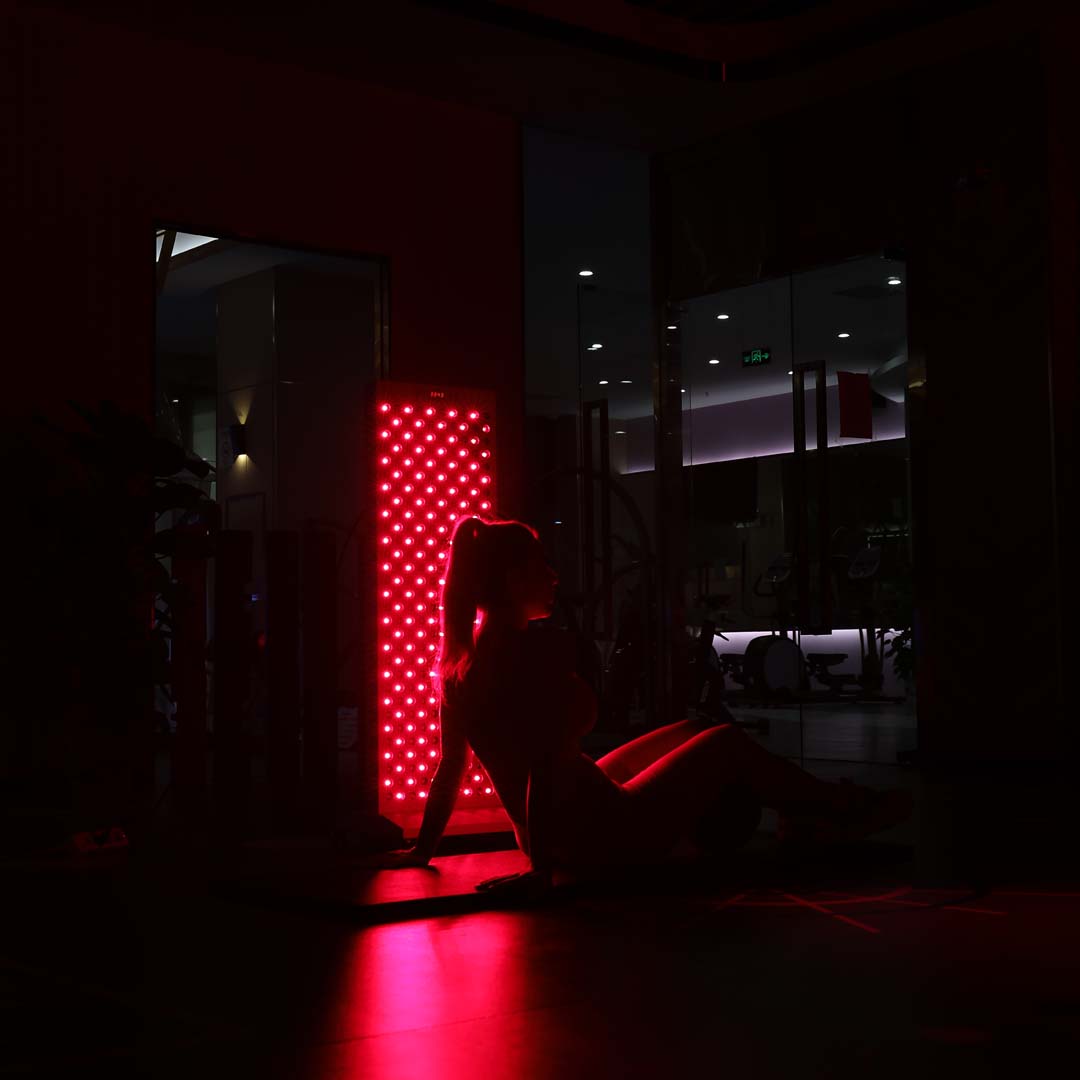
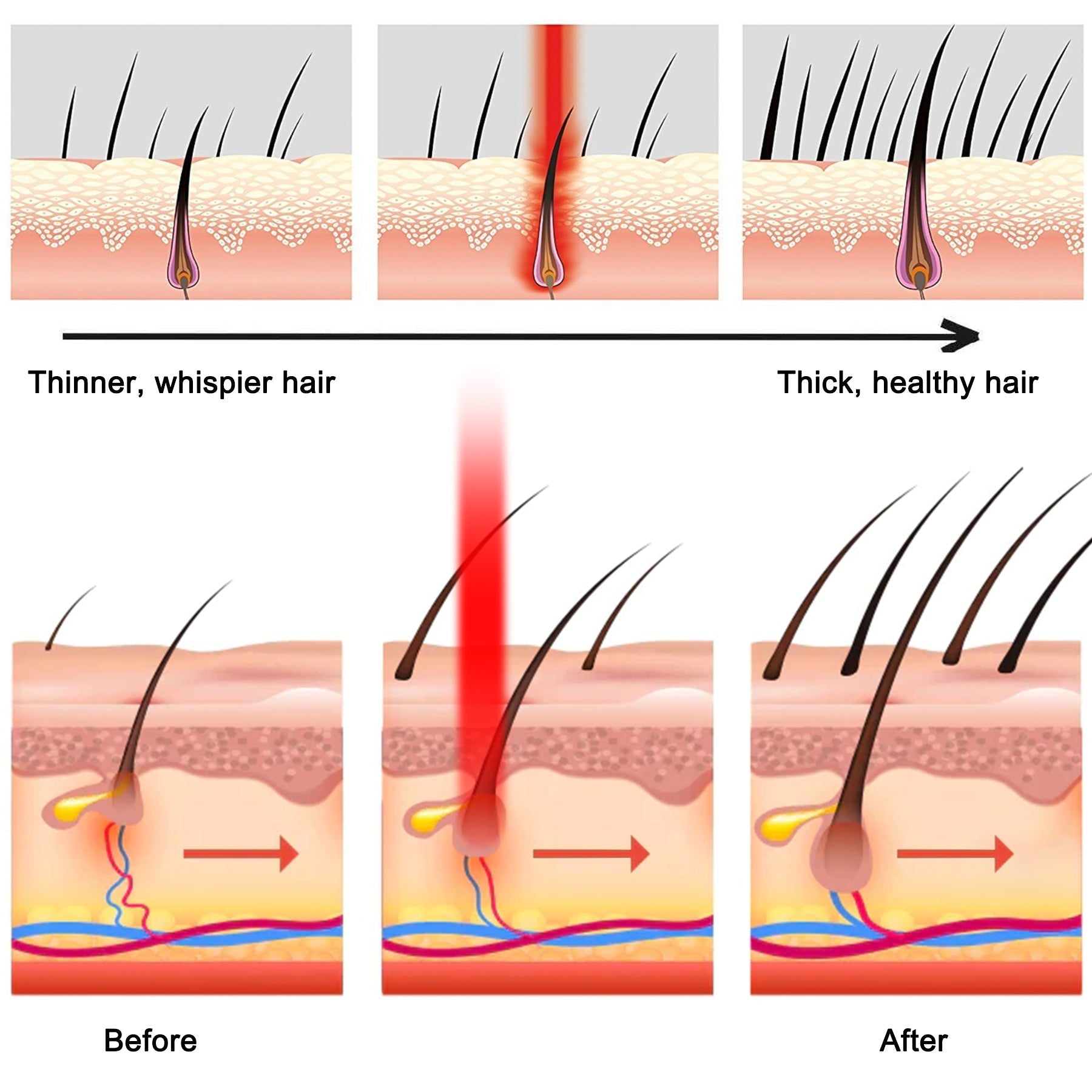

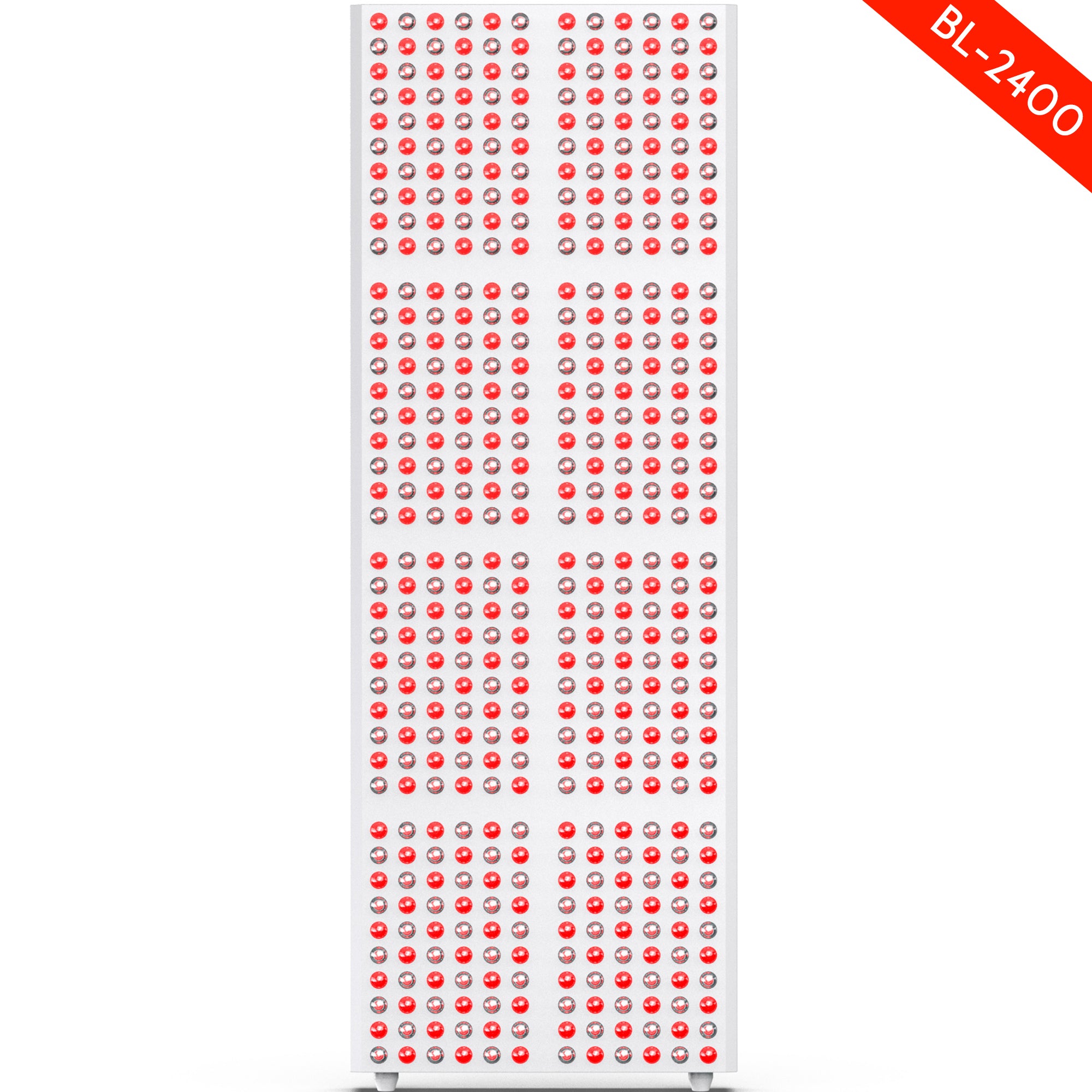

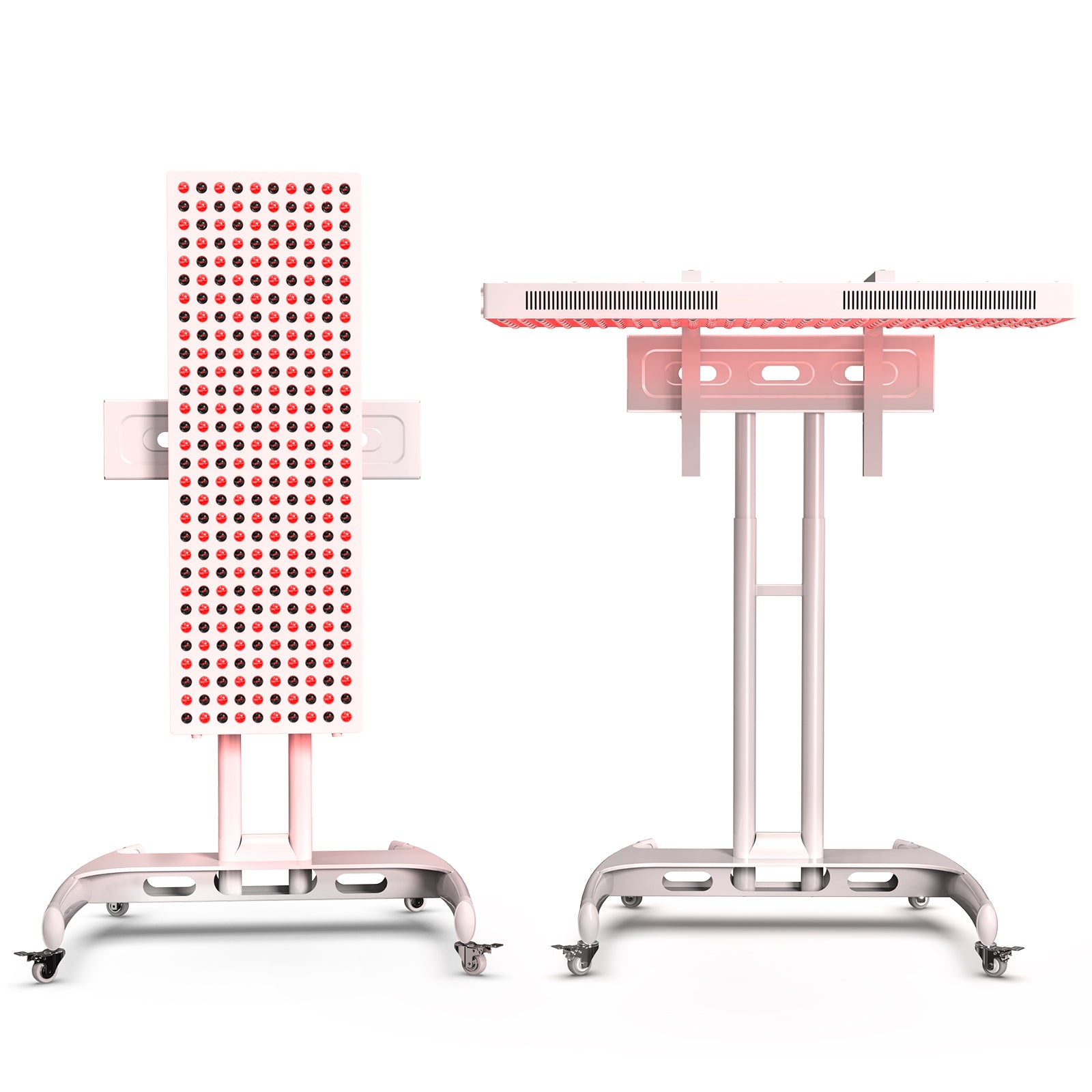
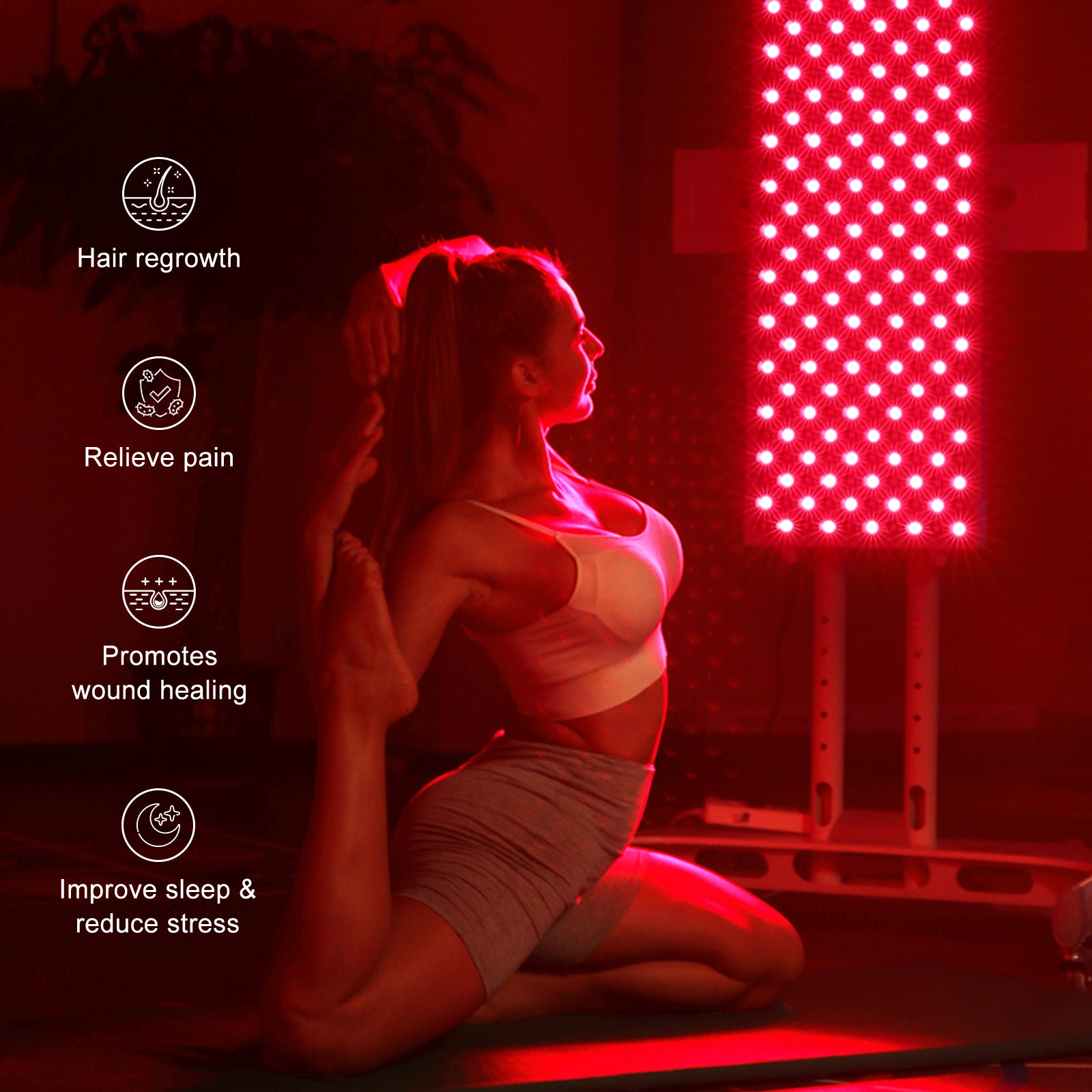

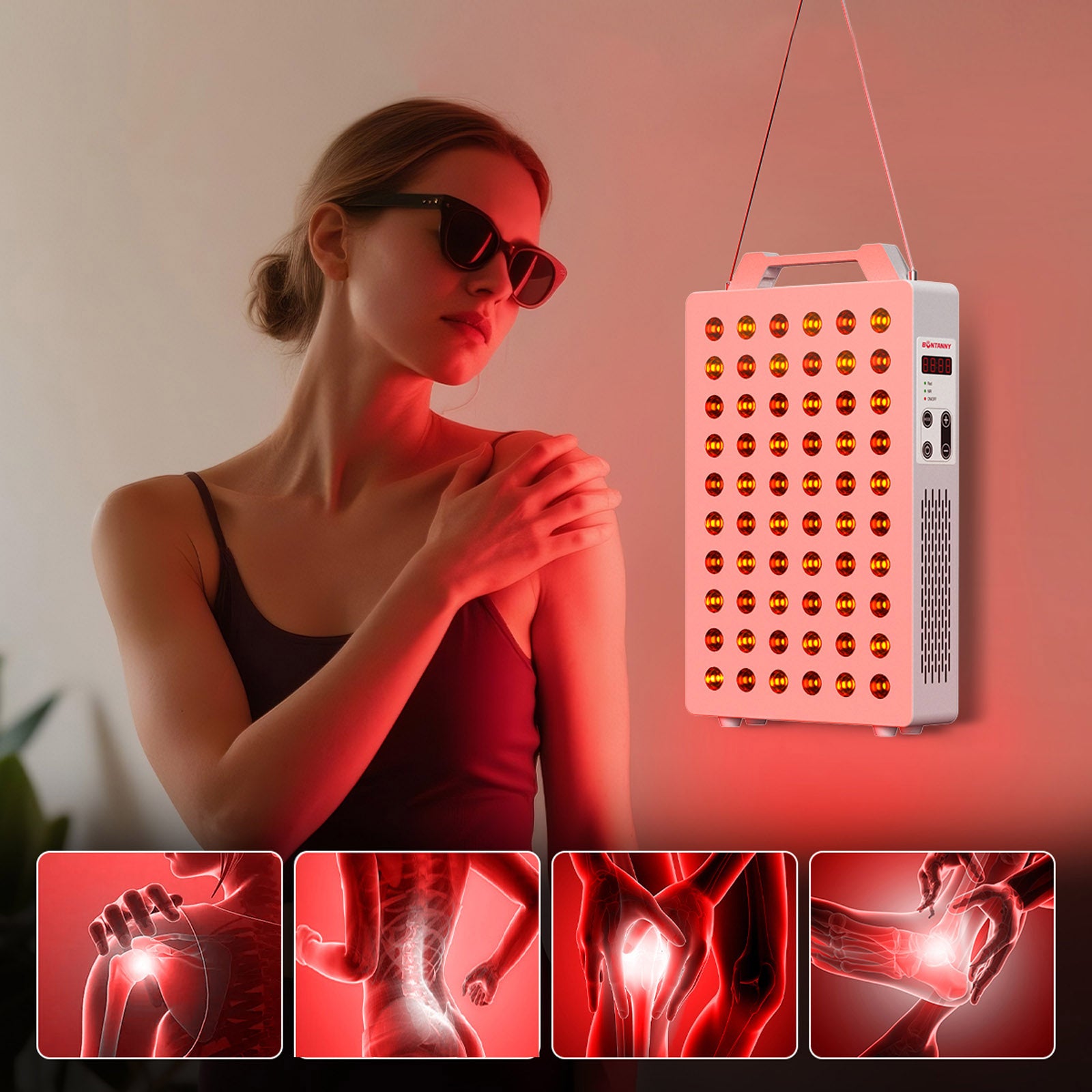


Leave a comment
This site is protected by hCaptcha and the hCaptcha Privacy Policy and Terms of Service apply.